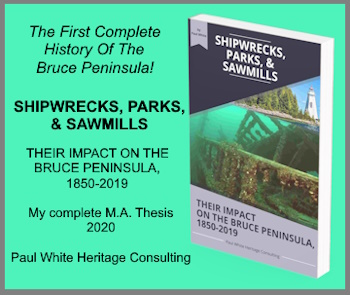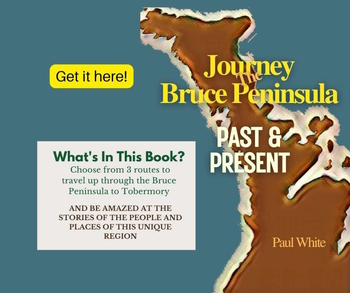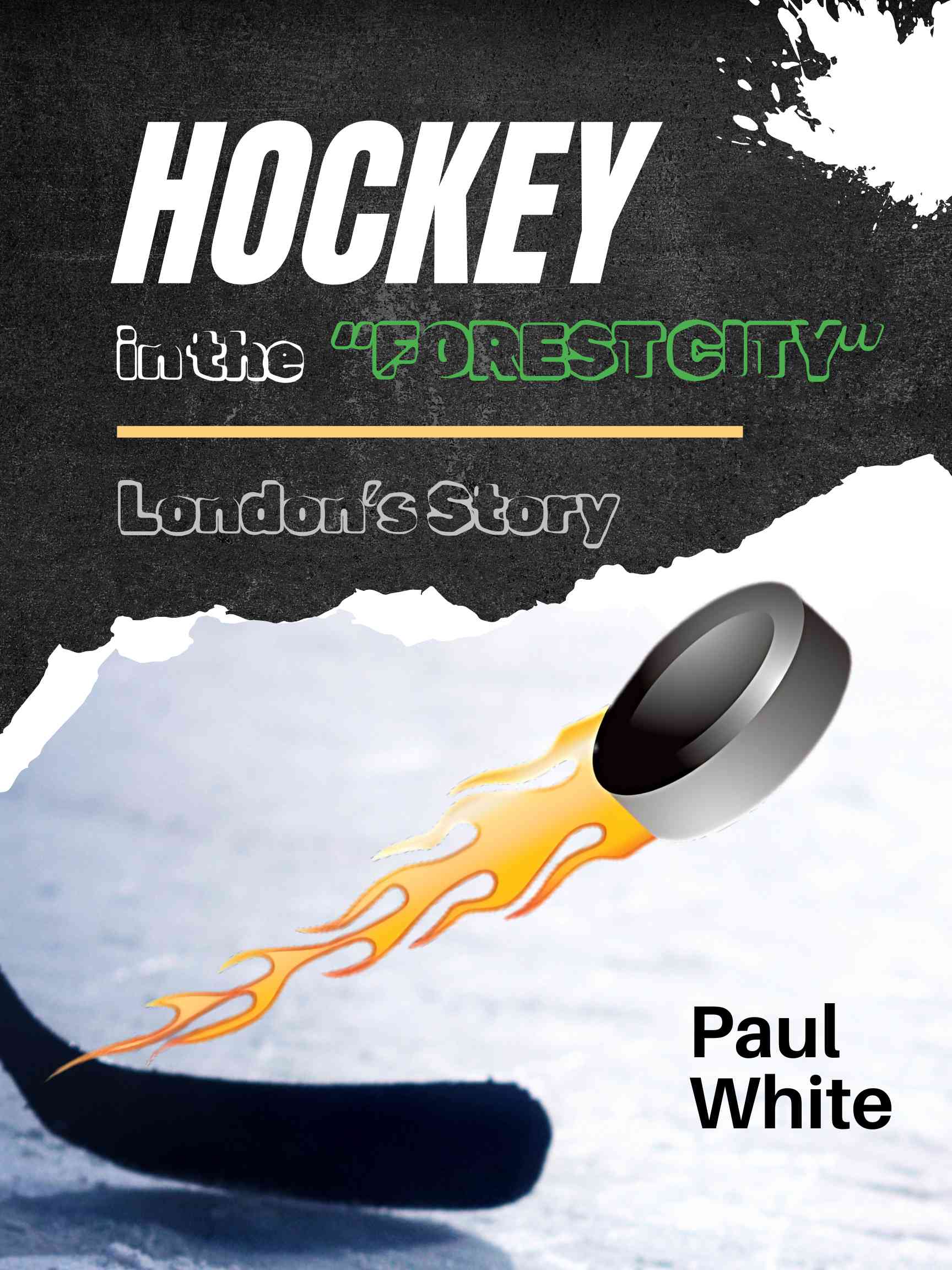Sailing the Lake Huron Shoreline
Sailing the Lake Huron shoreline is a step back in history and a delightfully scenic trip. But beware of the big waves that can arise anytime!
One of the joys of writing this column is the response that I receive from readers. Recently, my mailbox contained a wonderful surprise. A photocopy of an excerpt from the Great Lakes Cruising Club from 1976. It was a copy of a chart made by Commodore and Mrs. Ted Wakefield of Vermilion, Ohio.
In the summer of 1975, they had sailed the Lake Huron shoreline of the Bruce Peninsula. The results of their exploration was a wonderful description of the harbours and islands from Sauble Beach to Tobermory.
So, today, I thought that we could follow their route, from Oliphant to Pike Bay, so, All Aboard!
As we sail north, we find ourselves among the "Fishing Islands." These small outcroppings in the blue waters of Lake Huron extend a distance of 11.5 miles from Chief's Point to Pike Bay. We must be careful, because the islands are protected by a continuous shallow bank which runs parallel for almost their entire length.
This bank is, in some instances, 1.5 miles off shore. One can only imagine the havoc these uncharted landforms caused early sailors seeking refuge from the storm-enraged waters of Lake Huron. During a storm, the inlets and islands must have looked like a safe haven. Unfortunately, many a ship found itself grounded or, worse yet, helpless in the face of the heavy winds and surf in the shallow waters that prevented them from arriving safely by the islands that must have seemed so near, yet so far away.
Once we are beyond the bank, we are in 10 fathoms of water, and can safely sail north and enjoy the view of the islands and shoreline landforms.
As we sail past Main Station Island, Whitefish Island, and the many other islands, we can let our imaginations wander to a time when the only inhabitants of the Wendiagui (the first name of the Bruce Peninsula) were Indigenous people who travelled the region hunting and fishing.
However, non-native settlers travelled each summer to the islands where they set up fishing camps. Early reports tell of the waters off the "Fishing Islands" teeming with so many fish that one could literally scoop the fish out of the water with buckets. One can only imagine the early meetings between these fishermen from Goderich and Detroit with the area Indigenous people.
Sailing northward, we approach Howdenvale Bay. This tiny port was once a vibrant lumbering community. Forest products were brought here for shipment to the American Midwest and to more southerly Ontario communities. Today, Howdenvale is a refuge for visitors from more southerly centres seeking an enjoyable summer away from the rigors of work and business endeavours.
Like Oliphant, Howdenvale has its own centurions protecting it from high winds and heavy surf. Beaumont, Tyson, and Cavalier Islands provide a challenge to navigators attempting to reach shore.
At last we reach the end of the "Fishing Islands" and we arrive at Pike Bay. Today, Pike Bay is a haven for sports fishermen and tourists. This community, like Howdenvale, owes its origins to the lumbering industry. Here, timber was cut at the sawmill and trans-shipped to the American Midwest and southern Ontario.
I hope you enjoyed our brief voyage sailing the Lake Huron shoreline.
A version of this article originally appeared in my Local History column in the Owen Sound Sun Times on July 27, 1996
More Georgian Bay Sailing Stories
Lighthouses were vital to Georgian Bay and Great Lakes sailing traffic. They assisted mariners in making their sailing a safe venture.
Recreational Boating on Georgian Bay There is a long tradition of recreational boating on Georgian Bay. Reports indicate that regattas were being held at Owen Sound as early as 1852.
Great Lakes Recreational Boating Great Lakes recreational boating has been a popular pastime in the summertime in the Georgian Bay region for many years.
Yachts on Georgian Bay A history of yachts on Georgian Bay.
Georgian Bay Ferry Boat Service between Tobermory and Manitoulin Island has a history that is more than a century old. Today, the Chi-Cheemaun continues that tradition.
Ferry boat service after 1930 increased in activity between Tobermory at tip of the Bruce Peninsula and Manitoulin Island
1867 Election Meant Sailing to the Soo. There was only one polling station in the Georgian Bay region in the first election after Canadian Confederation and that was in Sault Ste. Marie!
A Flowerpot Island boat trip takes you to one of the many Georgian Bay islands dot the landscape of the waters around Tobermory at the tip of the Bruce Peninsula. One island features not only unique landforms and vegetation, but also a mysterious indigenous Romeo and Juliet tale of romance.
Chicora the first stage of an 1871 Great Lakes tour aboard a cruise ship on Georgian Bay.
Chicora the final stage of an 1871 cruise a foggy voyage on the Great Lakes.
Historic Vacations: King's Royal Park Historic Vacations: King's Royal Park, opulent adventures for the wealthy of the day. It was the late 19th century and tourism was beginning to bloom.
Sailing the Lake Huron Shoreline is a step back in history and a delightfully scenic trip. But beware of the big waves that can arise anytime!
Sailing Lake Huron Shoreline Part 2 takes us through the most treacherous part of our voyage and also a most interesting part as we visit some unique islands.
Georgian Bay Sailing Georgian Bay Sailing history is a rich tapestry of tales of heroism, tragedy, and exploration. Sailing vessels traversing the rugged waters of Georgian Bay predate the arrival of European explorers and settlers.
Boating for Recreation on Georgian Bay and beyond had an early start once settlement began in the region. As early as the 1850s pleasure crafts were popular.





